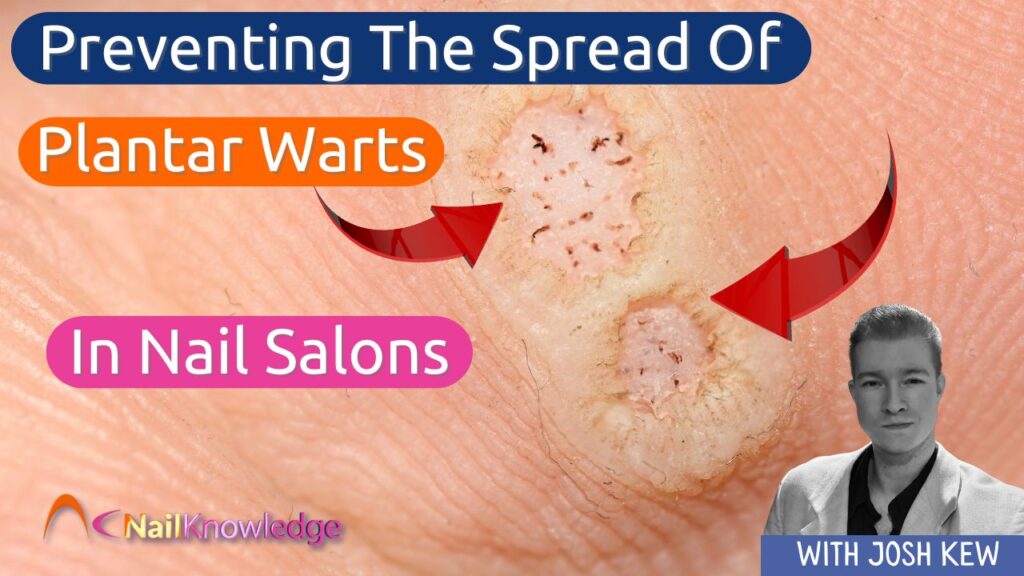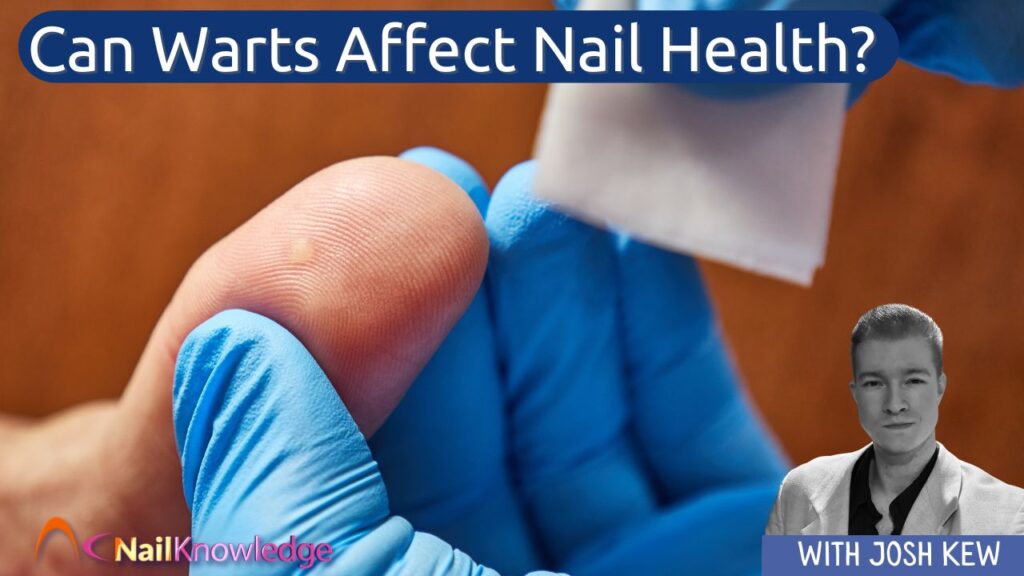Warts, caused by the human papillomavirus (HPV), are common skin growths that can appear anywhere on the body, including areas around and under the nails. When warts develop in these regions, they are referred to as periungual (around the nail) and subungual (under the nail) warts. Verrugas podem afetar a saúde das unhas, causando deformidades e desconforto, além de aumentar o risco de infecção, o que torna essencial o cuidado adequado e o tratamento precoce. Esses tipos específicos podem afetar significativamente a aparência geral de suas mãos e pés.
Entendendo as verrugas periungueais e subungueais
As verrugas periungueais se manifestam como crescimentos espessos, ásperos e semelhantes a couve-flor ao redor das unhas das mãos ou dos pés. Elas geralmente começam como pequenas protuberâncias brilhantes e podem progredir para lesões maiores que rompem a estrutura normal da unha e da cutícula. As verrugas subungueais, por outro lado, desenvolvem-se sob a placa ungueal, causando deformidades, descoloração e até mesmo o descolamento da unha do leito ungueal. Ambos os tipos são particularmente problemáticos devido à sua localização, tornando o tratamento mais desafiador e aumentando o risco de complicações.
Impacto na saúde das unhas
A presença de verrugas periungueais e subungueais pode afetar negativamente a saúde das unhas de várias maneiras:
- Deformidades nas unhas: À medida que essas verrugas crescem, elas podem exercer pressão sobre a matriz da unha (o tecido sob a base da unha responsável pelo crescimento da unha), levando a unhas distorcidas ou espessadas. Em casos graves, a unha pode se levantar ou se soltar do leito ungueal.
- Dor e desconforto: Warts in these areas can be painful, especially when pressure is applied, such as during nail care routines or while wearing shoes.
- Aumento do risco de infecção: Os danos à unha e à pele ao redor podem criar pontos de entrada para bactérias e fungos, o que pode levar a outras infecções, como a paroníquia (infecção das dobras das unhas).
Implicações para o cuidado com as unhas
Para indivíduos com verrugas periungueais ou subungueais, as práticas padrão de cuidados com as unhas podem exigir modificações:
- Cuidados com a higiene: O corte das unhas deve ser feito com cuidado para evitar agravar as verrugas ou causar mais lesões. O uso de ferramentas esterilizadas é essencial para evitar a disseminação do HPV para outras áreas ou indivíduos.
- Evitar roer e arrancar as unhas: These habits can worsen the condition and facilitate the spread of the virus. HPV can also spread to the face so keeping the wart away from the face and mouth area is essential.
- Consulta profissional: Recomenda-se consultar profissionais de saúde, como podólogos, para determinar as opções de tratamento adequadas e receber orientação sobre práticas seguras de cuidados com as unhas durante o tratamento.
Opções de tratamento
O tratamento de verrugas periungueais e subungueais pode ser desafiador devido à sua localização. As opções incluem:
- Tratamentos tópicos: Salicylic acid preparations may be used, but their effectiveness can be limited for warts under or around nails.
- Crioterapia: Isso envolve o congelamento da verruga com nitrogênio líquido, o que pode exigir várias sessões.
- Terapia a laser: Utiliza a tecnologia a laser para destruir o tecido da verruga, geralmente considerada quando outros tratamentos falham.
- Remoção cirúrgica: Em alguns casos, podem ser necessários pequenos procedimentos cirúrgicos para remover as verrugas persistentes.
It’s important to note that all treatments carry potential risks, such as scarring or nail deformities, and warts may recur even after successful treatment.
Medidas preventivas
A prevenção da ocorrência ou recorrência de verrugas periungueais e subungueais envolve:
- Boas práticas de higiene: Lavar as mãos regularmente e manter as unhas limpas e secas pode reduzir o risco de infecção por HPV.
- Evitar o contato direto: Evite tocar nas verrugas em você ou em outras pessoas para evitar a disseminação do vírus.
- Medidas de proteção: O uso de luvas ao manusear itens comuns ou ao usar instalações públicas pode minimizar a exposição ao HPV. Limpar os equipamentos de ginástica e os carrinhos de compras com um spray antiviral antes do uso também pode reduzir a disseminação.
Gerenciamento de verrugas em salões de beleza
Os técnicos de unhas desempenham um papel fundamental na identificação e no tratamento de problemas relacionados às unhas, inclusive verrugas periungueais e subungueais. Embora não possam diagnosticar ou tratar condições médicas, eles podem tomar precauções importantes para proteger seus clientes e instruí-los sobre os cuidados adequados.
- Sanitation and Sterilization: Nail salons should ensure that all tools are properly disinfected between clients to prevent the spread of HPV and other infections.
- Educação do cliente: Se um técnico perceber uma verruga perto da unha, ele deve informar a cliente e aconselhá-la a procurar orientação médica profissional em vez de tentar tratá-la por conta própria.
- Evitar serviços em áreas afetadas: A realização de serviços de unhas em áreas com verrugas ativas pode disseminar a infecção. É importante evitar lixar, aparar ou aplicar produtos para unhas nas unhas afetadas até que um podólogo ou dermatologista tenha fornecido o tratamento.
- Encaminhamento para um podólogo: Since podiatrists specialize in conditions affecting the feet and nails, referring clients with suspicious lesions to a qualified podiatrist ensures they receive the appropriate medical care. Early intervention can prevent complications and preserve nail health.

Wart Impact on Nail Health and Care
Periungual and subungual warts can significantly impact nail health and complicate nail care routines. Early recognition and appropriate treatment are crucial to managing these warts effectively and maintaining healthy nails. Nail salons can play a key role in prevention by following strict hygiene protocols, educating clients, and referring them to podiatrists for expert care. If you suspect you have a wart near your nails, consult a medical professional for the best course of treatment.


